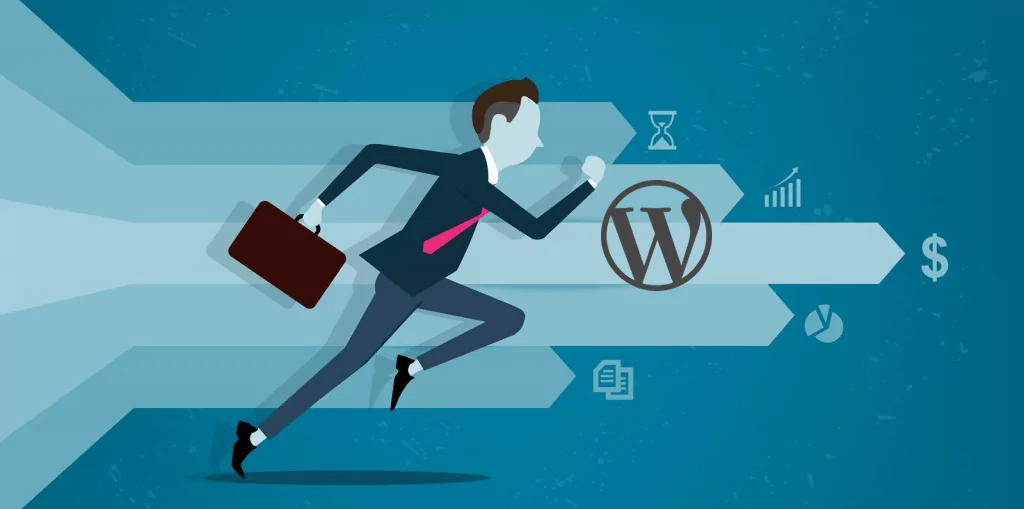Are you tired of waiting for your WordPress site to load? Slow load times can drive away visitors and hurt your search engine rankings. Fortunately, there are several ways to speed up your WordPress site and improve its performance, and one of the most effective tools you can use is LiteSpeed Cache combined with a good quality web hosting provider.
LiteSpeed Cache is a powerful caching plugin designed specifically for use with the LiteSpeed web server. It works by storing frequently accessed data in a cache, reducing the number of requests made to your server and improving load times for your users. In fact, LiteSpeed Cache can improve your site’s performance by up to 10 times compared to non-cached sites.
But LiteSpeed Cache isn’t just a caching plugin. It also includes a variety of optimization features, such as image optimization, CSS and JavaScript minification, and lazy loading, all of which can help to further speed up your site. Plus, with its support for HTTP/2 and QUIC protocols, LiteSpeed Cache can further improve your site’s speed and security.
Here are some other ways to speed up your WordPress site:
- Optimize your images: Large images can slow down your site’s load time, so it’s important to optimize them for web use. Smush, Optimus and EWWW Image Optimizer are some handy plugins designed to optimize your images even on upload.
- Use a content delivery network (CDN): A CDN can improve your site’s performance by caching your content across multiple servers around the world, reducing the distance that data needs to travel to reach your users. Popular CDN services include Cloudflare and MaxCDN.
- Choose a lightweight theme: Heavyweight themes with lots of features and complex design elements can slow down your site’s load time. Consider using a lightweight, minimalist theme instead.
- Optimize your database: Over time, your WordPress database can become cluttered with unused data, slowing down your site’s performance. Use a plugin like WP-Optimize or WP-Sweep to clean up your database and improve its efficiency.
- Minimize HTTP requests: Every time a user visits your site, their browser makes multiple HTTP requests to your server. Minimizing these requests can speed up your site’s performance. Use a tool like Pingdom or GTmetrix to analyze your site’s HTTP requests and identify areas for improvement.
- Last but not least, choosing a quality hosting provider! Your hosting provider can have a significant impact on your site’s performance. By choosing AllHost, you’ll ensure that your website isn’t placed on a server with thousands of other websites fighting for performance – we strictly do not oversell our servers.
By following these tips, you can speed up your WordPress site and improve its performance for your users. And with LiteSpeed Cache, you can enjoy even faster load times and a more efficient WordPress hosting experience. So why wait? Start optimizing your WordPress site with LiteSpeed Cache today!

